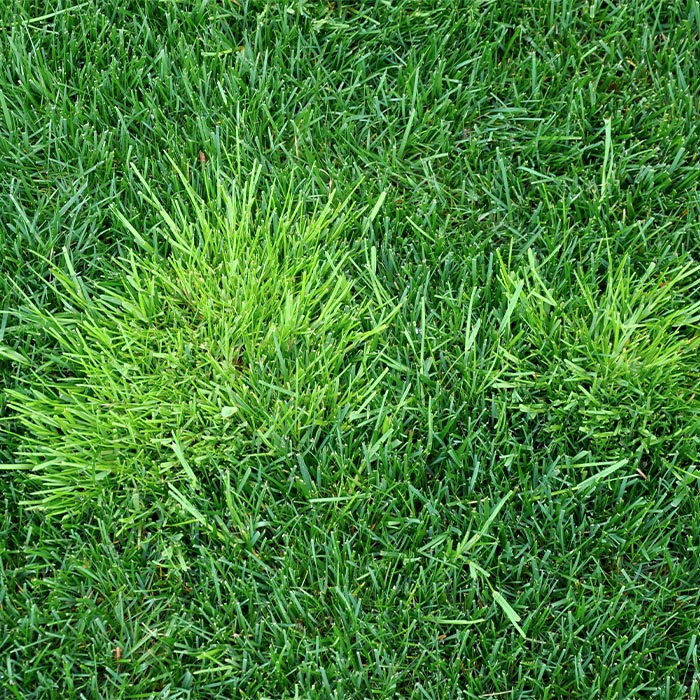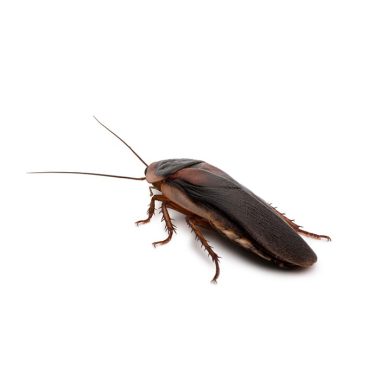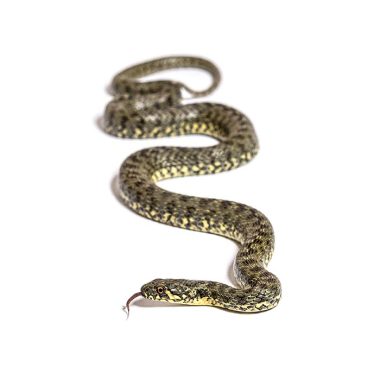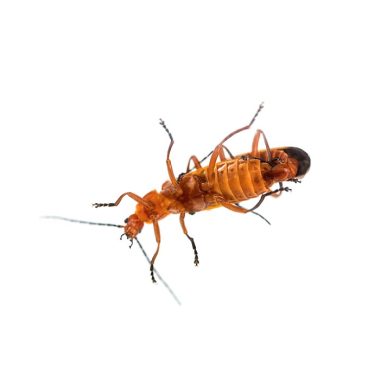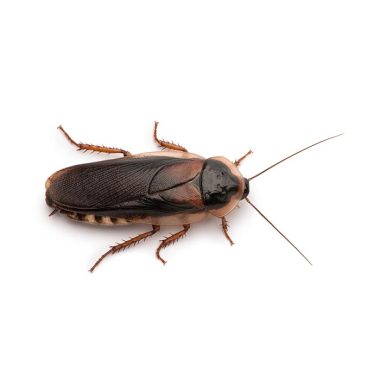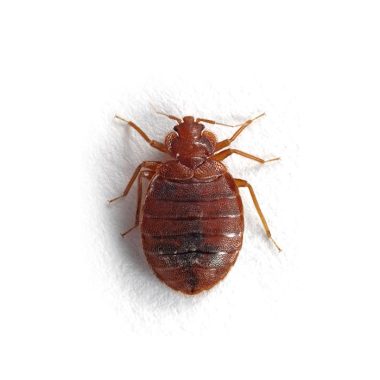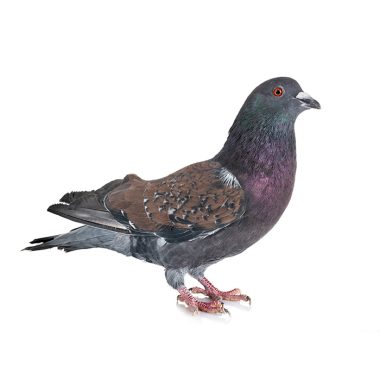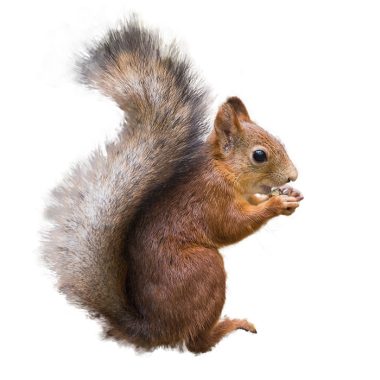Annual bluegrass is a winter annual weed with a bunch-type growth habit. Leaves are folded in the bud, have a boat shape tip, membranous ligule, and often have a wrinkled section near the middle of the blade. Annual bluegrass produces a panicle type seedhead that is triangular in shape, with bunched spikelets. Fruits are present throughout the life cycle, however the majority of the seedheads are formed in the spring. Perennial biotypes (Poa annua var. reptans) exist in closely mowed areas like golf course putting greens. These biotypes are prostrate growing, may spread stoloniferously, and are denser and darker green than the annual types. They produce fewer seedheads as well.
Chemical control options depend highly on application timing. Selective suppression of annual bluegrass and annual bluegrass seedheads has been reported following applications of plant growth regulators such as paclobutrazol (Trimmit), flurprimidol (Cutless), mefluidide (Embark), and ethephon (Proxy)
Chemicals exhibiting activity against this weed
Always refer to the product label for specific information on proper product use, tank-mix compatibility, and turfgrass tolerance. Products containing more than one of the chemicals listed below may offer improved control.
| Season | Emergence | Chemical |
| Cool | Pre | Benefin, bensulide, dithiopyr, oryzalin, oxadiazon, pendimethalin, prodiamine |
| Post | Bispyribac-sodium, ethofumesate | |
| Warm | Pre | Benefin, bensulide, dithiopyr, fenarimol, indaziflam, napropamide, oryzalin, oxadiazon, pendimethalin, prodiamine |
| Post | Atrazine, bispyribac-sodium, clethodim, diquat, ethofumesate, flazasulfuron, foramsulfuron, glyphosate, pronamide, rimsulfuron, trifloxysulfuron |

